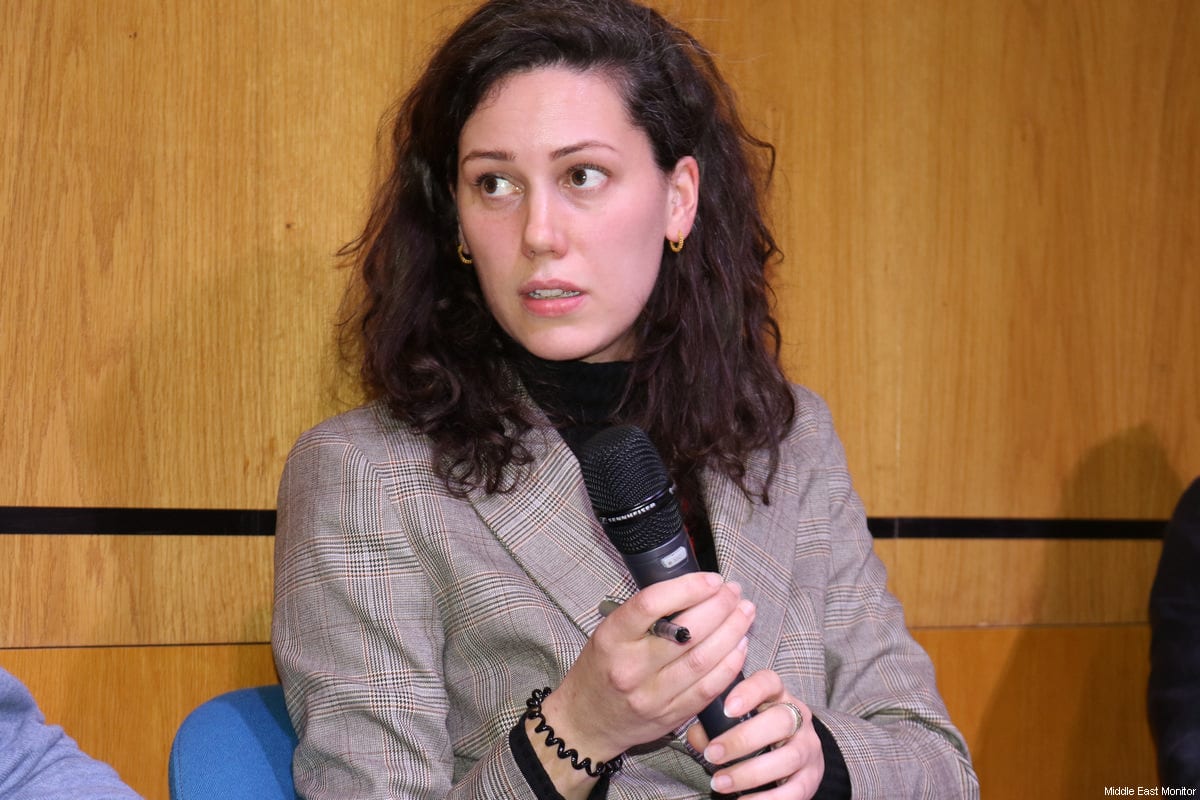In the winning image, a group of men carry the bodies of two young Palestinian children wrapped in funeral shrouds down an alley in Jabaliya refugee camp in the north of the Gaza Strip. Behind them their father’s body is on a stretcher. They were killed in November 2012 when their house was hit and destroyed by an Israeli missile strike.
The photograph, taken by Paul Hansen of the Swedish daily newspaper Dagens Nyhetor, won World Press Photo of the Year 2013. This year 103,481 pictures were submitted to the contest by 5,666 photographers from 124 countries; Hansen’s and other prize winning shots are currently on display at the Royal Festival Hall in London, a taster of photojournalism across the world.
Hansen’s photo was taken in the middle of Israel’s ‘Operation Pillar of Defense’ launched on the Gaza Strip last year. In little more than a week over 150 people had been killed in Gaza, 103 of who were civilians and 30 children. Six Israelis including four civilians were killed before a ceasefire was reached on 21 November.
Hansen and his reporter Erik Ohlsson had met the family and friends featured in the photograph at the morgue. “I would hope that people realise that most of the victims in modern conflicts are innocent civilians,” Hansen told MEMO, “whatever the politicians and power players are saying. I would hope that politicians responsible for this particular conflict feel ashamed at their incapacity to sit down and find a solution.”
Can photographs like Hansen’s change reality on the ground, or push others to find this solution? Back in May I interviewed Hadeel Al Ramly, who spent two years working as a photographer, writer and editor in the Strip. “Photography is a helpful way to show the international community what is happening in the region” she told me.
But that does not necessarily mean taking pictures of the conflict is easy. “It is unquestionably challenging because the photographer is not in a natural situation or condition, nor are they in a normal psychological state, which makes taking such photos tricky” said Gaza based photographer Abdlrahman Almadhoun, a freelance photographer based in Gaza.
At the end of July Hansen’s picture became the subject of scrutiny and critics turned their attention to the lighting of the image, and whether or not it had been doctored. The picture was described by head of the Guardian’s photography Roger Tooth as having “a feeling of cinematic super-reality adding to the inherent drama.” Some critics accused Hansen of beautifying conflict; others went as far as to say the image was actually made up of three different photos.
If a photograph is manipulated to drastically change the impact or emotions those that view it take away from it, then it raises certain ethical questions. You wouldn’t expect a journalist to make up quotes, produce an overblown account of what they had seen go or be too generous with adjectives when describing events. Drawing someone in to look closer is another matter.
In the end World Press Photography commissioned a panel of experts to examine the picture and found that Hensen didn’t move pixels around, but did the alter tone levels and colour rendering. “The message should be the content of the picture” Hansen told MEMO. “The adjustments should be the same that were done in the darkroom, balancing the light and adjusting contrast.”
“The picture is amazing and captures the essence of the Zionist aggression against Gaza and the young victims of such attacks” said Almadhoun. “As for the editing of the picture, I believe it is only natural for such pictures to be edited, and this one definitely has been. However, the main purpose of these pictures is the message is conveys.”
The views expressed in this article belong to the author and do not necessarily reflect the editorial policy of Middle East Monitor.








